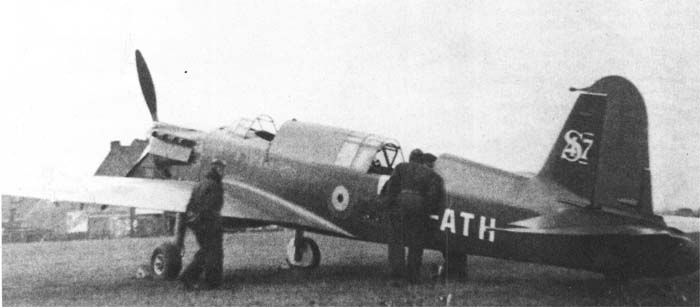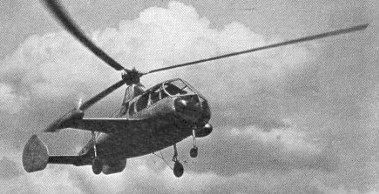 SABCA S.47
SABCA S.47
A two-seat low-wing single-engine monoplane light bomber/reconnaissance aircraft with a retractable tailwheel undercarriage, with the mainwheels retracting backwards into the wing. The pilot and observer were located in individual, widely separated cockpits. A small ventral bay holds two/three cameras or can be fitted to carry two 50 kg bombs. The prototype flew on 16 February 1936 but the decision to build the Fairey Balmoral under licence saw the S.47 reconfigured as a reconnaissance type and the prototype’s Hispano-Suiza engine was replaced by a Rolls-Royce Merlin to provide compatibility with the Balmoral fleet. The prototype flew again on 3 September 1938 and production of 36 aircraft began soon after to replace the Renard R.31 fleet.
Wingspan: 13.2017 m (43 ft 3 in)
Length: 10.6109 m (34 ft 9 in)
Height: 3.20 m (10 ft 6 in)
Wing area: 23.80 m2 (256.2 sq ft)
Empty weight: 2,250 kg (4,960 lb)
Gross weight: 3,240 kg (7,143 lb)
Max take-off weight: 3,350 kg (7,385 lb)
Powerplant: 1,280hp Rolls-Royce Merlin IV V12 liquid cooled engine
Maximum speed: 540 km/h (336 mph) at 4,200 m (13,780 ft)
Service ceiling: 9,501 m (31,170 ft)
Time to altitude: 2,000 m (6,650 ft) in 3 min 5 sec, 6,000 m (19,685 ft) in 14 min 11 s
Range: 1,576 km (979 miles) at 4,000 m (13,120 ft)
Armament: 2x 7.7mm FN-Browning MGs in wings, 1x 7.7mm FN-Browning MG in rear cockpit, 2x 50kg bombs in ventral bay and 10x 50kg bombs underwing





